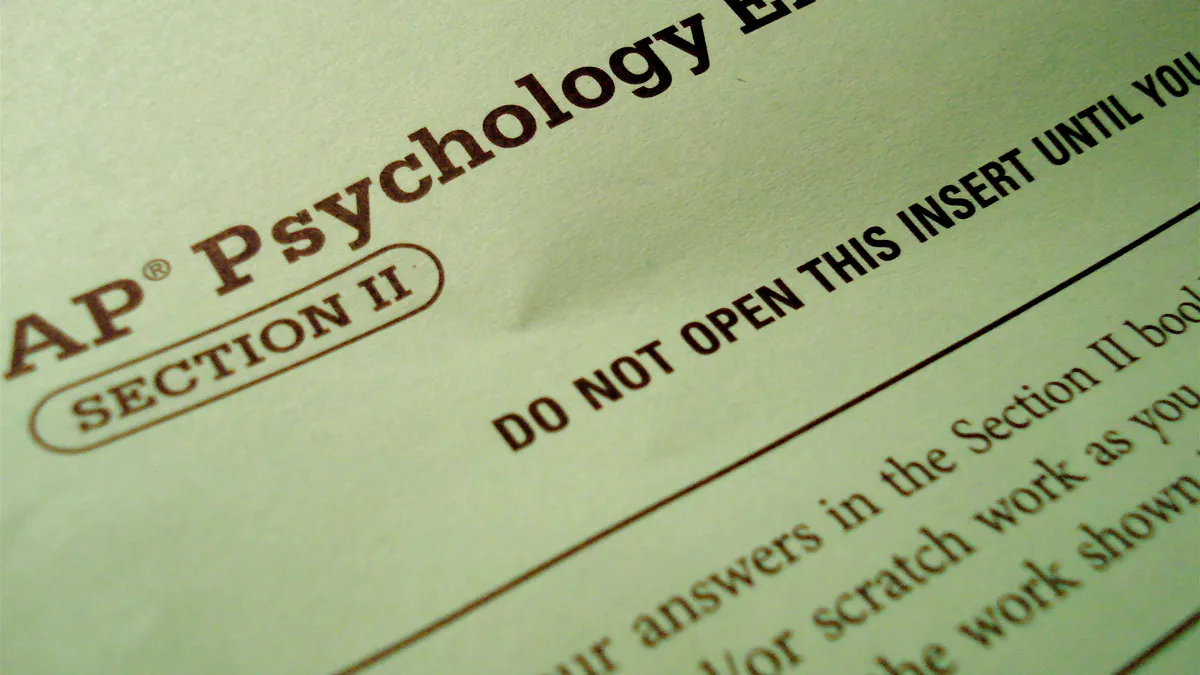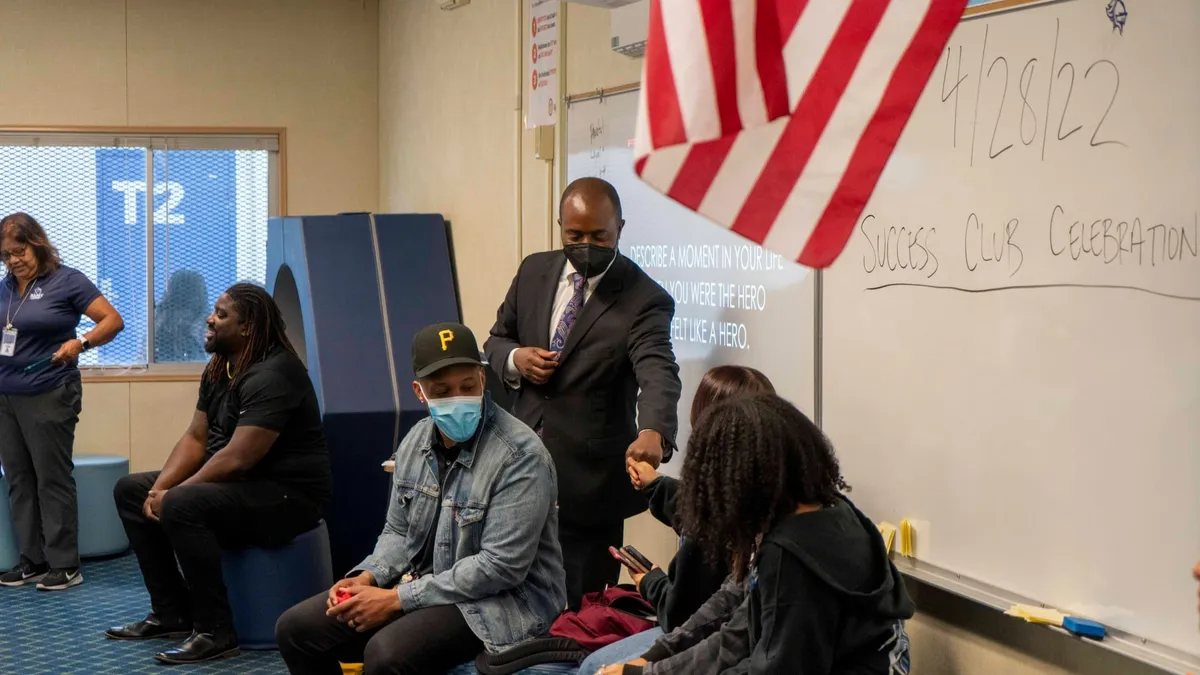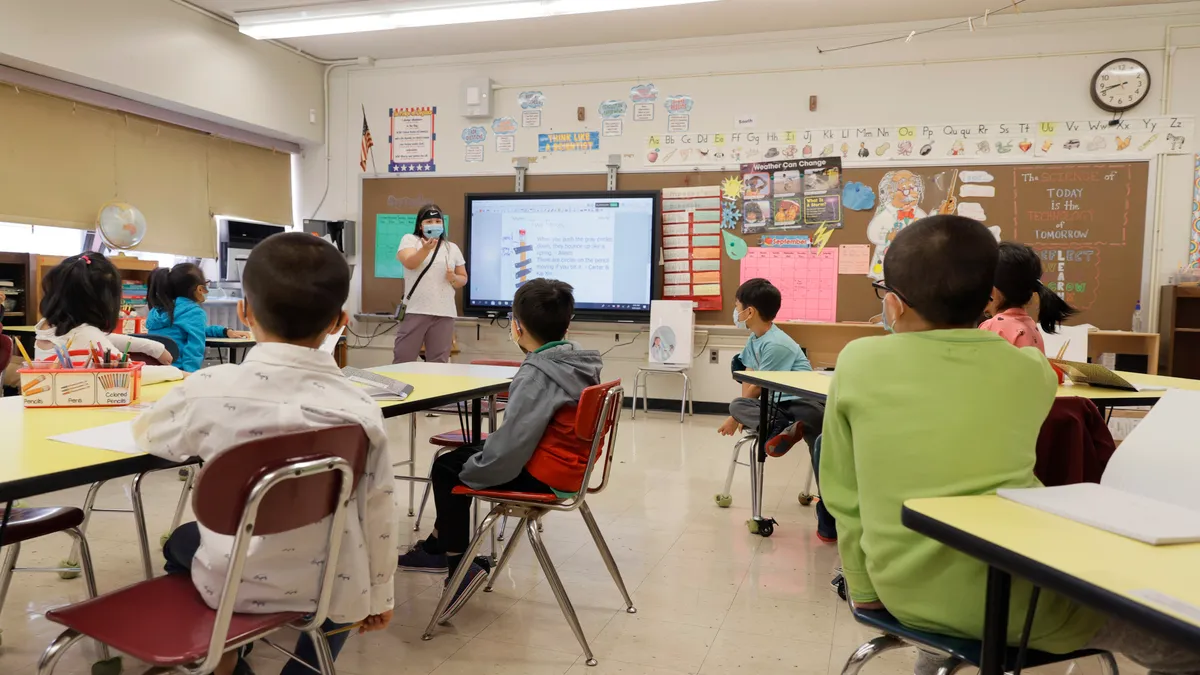Eugene Butler Jr., now retired, served as assistant superintendent for Tucson Unified School District and as a principal and the executive director of the Office of Professional Standards for the Miami-Dade County Public Schools.
Substantial education reform in urban public schools has been on a hamster wheel since the late 1980s, and the shortcomings are still evident. This assessment serves as an observation and not as a criticism. Providing greater autonomy to public schools in urban communities is critical to both strengthening valuable social-emotional skills and improving student achievement outcomes for all students — but especially minority learners.
Autonomous leadership at the school-site level is the antithesis of the one-size-fits-all modus operandi approach to addressing the academic disparities between students in urban neighborhoods and their peers in suburbia. Moreover, anecdotal evidence as well as peer-reviewed research show that measurable gains can be achieved when instructional leaders and classroom teachers are empowered to work independently, but with the support of district office personnel.
Now, this is not a call for schools to operate in silos outside of the purview of school board policies and without any fiscal oversight from their respective central offices. Obviously, there must be a symbiotic relationship and collaboration to ensure the interdependence between the two. But, too much intervention by district personnel can be like termites in the baseboards or foundation destroying the underpinnings of quality Tier I instruction by highly qualified educators.
In today’s shrinking ecosystem, educators must appreciate that every learning center is unique. Thus every child is unique.
Therefore, carefully identified instructional leaders, teachers, support staff and parents, in concert with local stakeholders, should be provided more leeway in perennially underachieving urban school communities to focus on strategies and evidenced-based best practices for students with the same or similar demographics.
A disproportionate percentage of students attending schools in some urban communities are in survival mode. School is their safety net and in many cases, educators are the stabilizing force in their lives. Furthermore, developing partnerships with local municipalities, optimist programs, Kiwanis Clubs, Rotary Clubs and chambers of commerce can allow individual schools or feeder patterns to solicit incentives for improved overall student achievement without the scrutiny and red tape from the district office.
Targeted and intentional constructive disruption is warranted to meet the needs of today’s learners. This commentary identifies five steps that can serve as the bedrock to successfully improve educational outcomes in urban schools from a holistic perspective when districts respect the expertise of the educators in the trenches.
Establish strong professional learning communities
In their 2006 book, Richard DuFour, Rebecca DuFour, Robert Eaker and Thomas Many define professional learning communities (PLC) as “environments where educators are committed to working collaboratively in ongoing processes of collective inquiry and action research to achieve better results for the students they serve.”
That said, it is imperative that educators in urban schools strategically pinpoint the specific areas of concern for their scholars. Teachers deserve time to effectively plan together.
Furthermore, SMART goals — which are specific, measurable, attainable, realistic and time bound — must be drafted collaboratively by all of the content and elective teachers. An outlined plan on a piece of paper is just that — a piece of paper. Therefore, staff must be identified to spearhead and monitor the progress of each stated objective with dates of completion.
Moreover, teacher-designed interdisciplinary units must be developed to ensure continuous learning for the students, with built in mini-assessments. The progress monitoring data gleaned from the aforementioned assessments must then be revisited in the PLCs.
This ongoing cyclical process will not only fortify the laser sharp Tier I instruction, it will allow the educators to identify and secure Tier III support when necessary. These units should be integrated into the district’s regular grade-level scope and sequence or curriculum maps.
Greater flexibility using Title I funds and discretionary allocations
Even though the guidelines and regulations for utilizing Title I funds come from the federal government, most local districts require each Title I school to submit a proposed plan for how the funds will be expended. At that point, a district administrator or team usually determines if the plan is sound and meets the overall standards of the district.
No one knows the needs of the school site better than the administrative team and the teachers. So, if the staff at the school and parents identify needs (in accordance with federal law), which they would like to address at their school, the district should respect their request as long as there is data and documented evidence behind the decision for that specific teaching and learning environment.
Too often, central office personnel confuse needs with wants. The educational teams at each learning center can and usually do more efficiently and effectively scrutinize the immediate areas of concern, which demand a sense of urgency supported by the appropriate resources.
School model and flexible calendar alternatives
The small learning community (SLC) model with Common Core and elective teachers is an approach that underperforming schools should be allowed to implement. This framework may serve as an incubator that allows educators to focus on their respective state identified standards while simultaneously addressing the affective needs of the students. Unpacking the aforementioned standards to the same cohort allows teachers to be more nimble and unconventional as they scaffold the learning.
According to Miles’ Law, where you stand depends on where you sit. Therefore, it is of paramount importance for school boards and superintendents around the country to allow schools in underperforming clusters/feeder patterns to revisit the amount of time that students need to remain at the school for supplemental remedial and/or advanced learning experiences, beyond the required number of instructional hours.
Additional reading and mathematics assistance in smaller classroom settings with more individualized attention before school, after school and on Saturdays is imperative if underachieving students are going to narrow and, ultimately eliminate the achievement and college-readiness gaps in America. Title I funds may be used to hire current and retired teachers.
Furthermore, advanced learning experiences are essential for students performing at grade level and above to ensure that regression does not take place. This population, as well as those students right on the cusp of proficiency, are grossly overlooked.
Students no longer have to work on their parents’ farm during the summer, and the agrarian calendar still used for today’s learners is outdated and obsolete. Moreover, there are advantages to implementing a year-round calendar or balanced calendar model. The benefits for students in lower-income communities, however, may warrant districts to allow select feeder patterns to identify a model that may lead to greater overall longitudinal success.
Finally, school districts in urban communities must revisit the start time for high schools. Most high schools begin their day around 7:30 a.m. The recommendation would be to begin school around 8:30 a.m. This adjustment will not only allow students to travel to school at a safer time in the morning; it will also create learning environments where students are more alert, active and engaged.
Master schedule flexibility
Teacher certifications and staff allocations determine the number of courses as well as the curriculum offerings at each site. Even though each state determines its certification guidelines, many states also participate in reciprocity programs in which they accept certifications from other states that may be comparable to their respective subject-area certifications.
Secondary schools in urban communities with a minimum of three consecutive years of underperforming test scores, documented poor student attendance compared to their district’s average, and poor promotion or graduation rates should be given monitored autonomy when building their master schedule with the support of the district to appropriately fund the courses.
Flexible and innovative scheduling is also a lifeline to providing new pathways to support non-certified teachers to become highly qualified educators who can prepare minority students for jobs that have not yet been created.
Some recommended courses include, but are not limited to financial responsibility courses, critical thinking classes, conflict resolution, mandatory ACT/SAT preparatory courses, industry and Microsoft certification, coding and STEAM programs.
Teacher recruitment and professional development
Grounded in research and based on anecdotal experiences, parents and educators agree that all children do not share the same learning styles, nor do they learn at the same pace. Consequently, educators must utilize evidenced-based best practices, which allow them the optimum return on investment.
Differentiated instruction, when implemented with fidelity, can make the class dynamic and responsive to the learners’ needs. In addition to adjusting instruction for the learners’ skill, ability and experience; strategies include time and space for peer tutoring and small group activities, as well as the infusion of technology.
The aforementioned requisite strategies must be coupled with highly qualified teachers. It is imperative that districts identify recruiting incentives ranging from assistance with housing to low-interest loans to pay off teachers’ student loans.
Moreover, the federal government and local states must partner with the private sector to identify, train and retain strong teacher candidates to fill critical shortage area positions at all schools, but specifically at urban public schools. Also, stipends should be negotiated for educators in critical shortage subject areas to meet the needs of all students.
In addition to professional development which focuses on core subject areas, these budding practitioners must receive implicit bias training as well as mandatory in-service training in restorative practices/restorative justice, de-escalation strategies, differentiated instruction and culturally relevant/responsive instruction pedagogy.
Grounded in research, teachers in America are among the most gifted and creative educators in the world when it comes to cultivating more equitable learning environments for marginalized learners. However, true equity can only be achieved when society understands that educators in the U.S. must be allowed to passionately embrace, massage and manipulate evidence-based best practices to meet the specific needs of the students in their care.


















